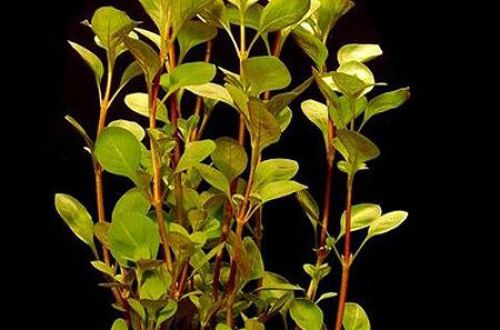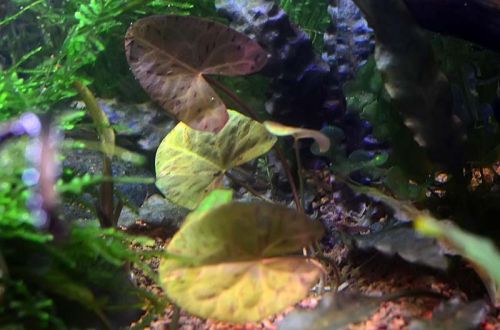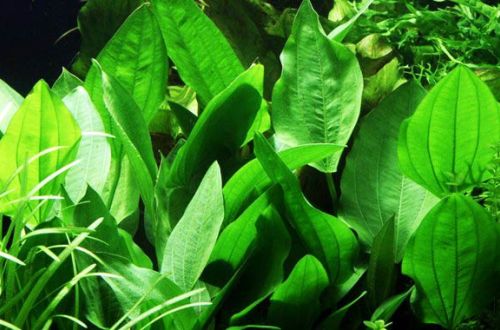
Humpback vesicle
Pemphigus humpbacked, scientific name Utricularia gibba. In nature, it is widespread on all continents (except Antarctica). It is found in many stagnant well-heated reservoirs in warm regions of the world. Forms small floating clusters near the surface, but can also grow along the coast at the water’s edge on damp, moist substrates.
The plant forms thin long stems with sparsely spaced leaves, resembling soft needles. At the base of the “leaves” are tiny capsules – bubble traps, the presence of which distinguishes the genus Bladderwort.
Such bubbles appeared during the evolution of the plant due to the need to obtain additional nutrition in mineral-poor waters and the absence of a developed root system.
The humpback pemphigus mainly preys on small crustaceans and other invertebrates such as brine shrimp and daphnia. When the crustacean swims next to the trap and touches the microscopic hairs located on it, it is instantly sucked into the bladder.
This plant is rarely used purposefully in aquariums. Often it appears in it by accident and presents a big problem, because it entangles the stems of other plants with its thread-stems. The greatest damage is caused to small-leaved species, mosses, ferns. The only effective way to get rid of Pemphigus humba is by manual removal with tweezers.
For lovers of carnivorous plants, this species can be of some value. Easy to maintain, completely undemanding in growing conditions. It blooms with beautiful yellow flowers.







